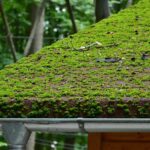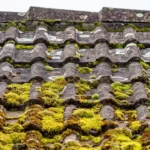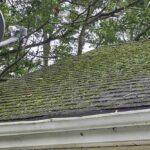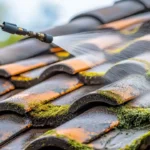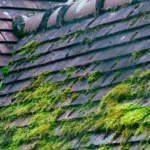When it comes to home maintenance, roof moss can be a common concern for many homeowners. However, the way moss affects roofs can vary significantly depending on the region. Understanding these regional differences can help you address moss issues more effectively. In this article, we will explore the various ways in which roof moss differs across regions and provide insights into effective management strategies.
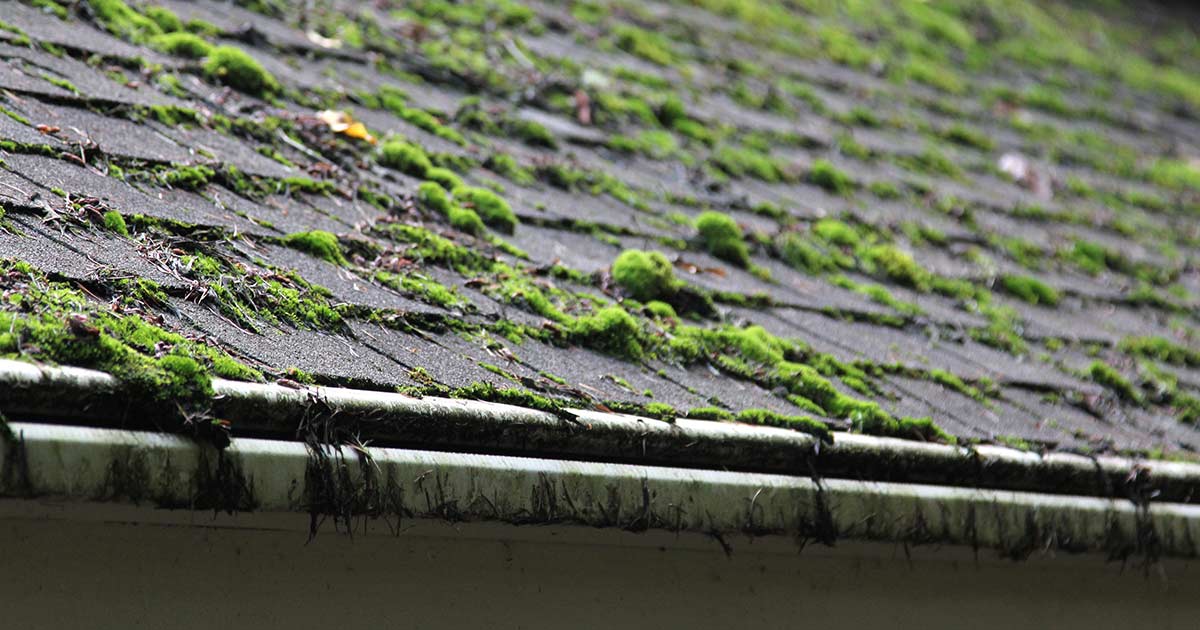
What is Roof Moss?
Roof moss is a type of plant that thrives in moist environments. It can often be found growing on shingles, tiles, and other roofing materials. While moss itself is not harmful, its presence can lead to problems such as moisture retention, which may damage roofing materials over time.
Why Do Regional Differences Matter?
The impact of roof moss can vary greatly depending on the climate and environmental conditions of a region. Understanding these differences is crucial for homeowners in developing an appropriate response to moss growth on their roofs.
Coastal Regions
In coastal regions, the presence of salt in the air and high humidity levels create an ideal environment for moss growth. Homeowners in these areas, such as those living along the West Coast, often face more severe moss problems. For tips specific to these climates, you can visit this guide.
Mountainous Regions
Mountainous regions with higher elevations typically experience cooler temperatures and more precipitation, fostering moss growth. The shade provided by surrounding trees also contributes to the problem, as it reduces sunlight exposure on roofs, which would otherwise help in drying them out.
Urban Areas
In urban areas, roof moss might not be as prevalent due to increased sunlight exposure and air circulation. However, shaded areas or buildings with poor drainage can still face moss issues. Understanding the specific conditions of your urban environment can help you manage moss growth effectively.
Factors Influencing Moss Growth
Climate Conditions
Climate plays a significant role in roof moss growth. High humidity, frequent rainfall, and cooler temperatures are conducive to moss proliferation. Different regions experience varying combinations of these conditions, leading to differences in moss growth patterns.
Roof Material
The type of roofing material can also affect moss growth. Some materials, like asphalt shingles, are more susceptible to moss than metal or clay tiles. Homeowners should consider their roofing material when assessing the potential for moss issues.
Managing Roof Moss
Regular Inspections
Conducting regular roof inspections is essential in managing roof moss. Early detection can prevent moss from spreading and causing significant damage. Learning dos and don’ts of moss removal can be particularly helpful in this regard.
Cleaning and Maintenance
Regular cleaning and maintenance can help control moss growth. Removing debris and ensuring proper drainage can reduce moisture retention on the roof. For homeowners interested in a more hands-on approach, this external guide offers valuable cleaning tips.
Professional Help
In cases where moss growth is extensive, hiring a professional service may be the best course of action. Professionals can provide thorough cleaning and treatment to prevent future growth.
Preventing Moss Growth
Improve Sunlight Exposure
One effective way to prevent roof moss is to increase sunlight exposure. Trimming back trees and other vegetation that shade the roof can help.
Use of Moss-Resistant Materials
When installing a new roof, consider using moss-resistant materials. These can include metal roofing or specially treated shingles that inhibit moss growth.
Common Misconceptions
Many homeowners believe that moss is purely decorative or harmless. While moss can add a quaint look to a home, it is essential to understand the potential risks and take steps to protect your roof.
Future Considerations
As climate change continues to affect weather patterns, regions previously unaffected by roof moss may start experiencing issues. Staying informed about local climate trends can help homeowners anticipate and prepare for potential changes in moss growth.
Conclusion
Understanding roof moss regional differences is key for effective management and prevention. By recognizing the factors that contribute to moss growth in different areas, homeowners can take proactive steps to protect their roofs. Whether through regular maintenance, professional assistance, or choosing the right materials, addressing roof moss requires informed decision-making.
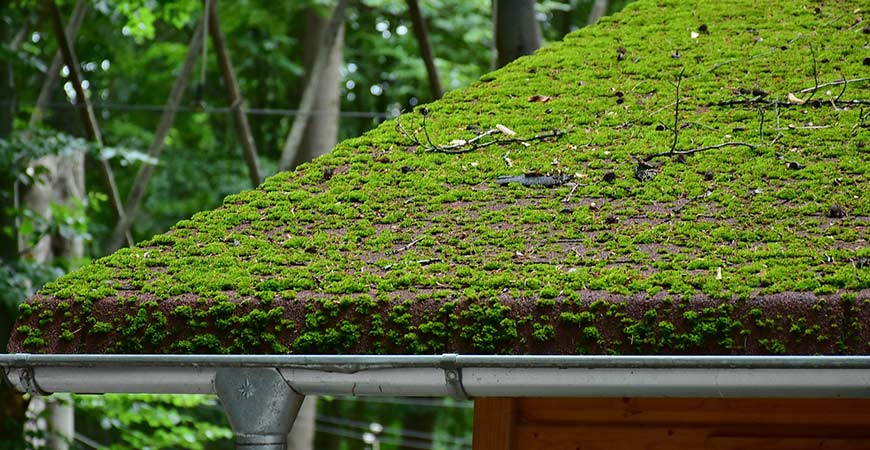
FAQ
What are the main causes of roof moss?
Roof moss primarily grows in areas with high humidity, frequent rainfall, and limited sunlight exposure.
Can roof moss damage my home?
While moss itself is not immediately harmful, it can retain moisture and lead to roofing material degradation over time.
How can I prevent moss from growing on my roof?
Regular maintenance, improving sunlight exposure, and choosing moss-resistant roofing materials can help prevent moss growth.
This article contains affiliate links. We may earn a commission at no extra cost to you.




